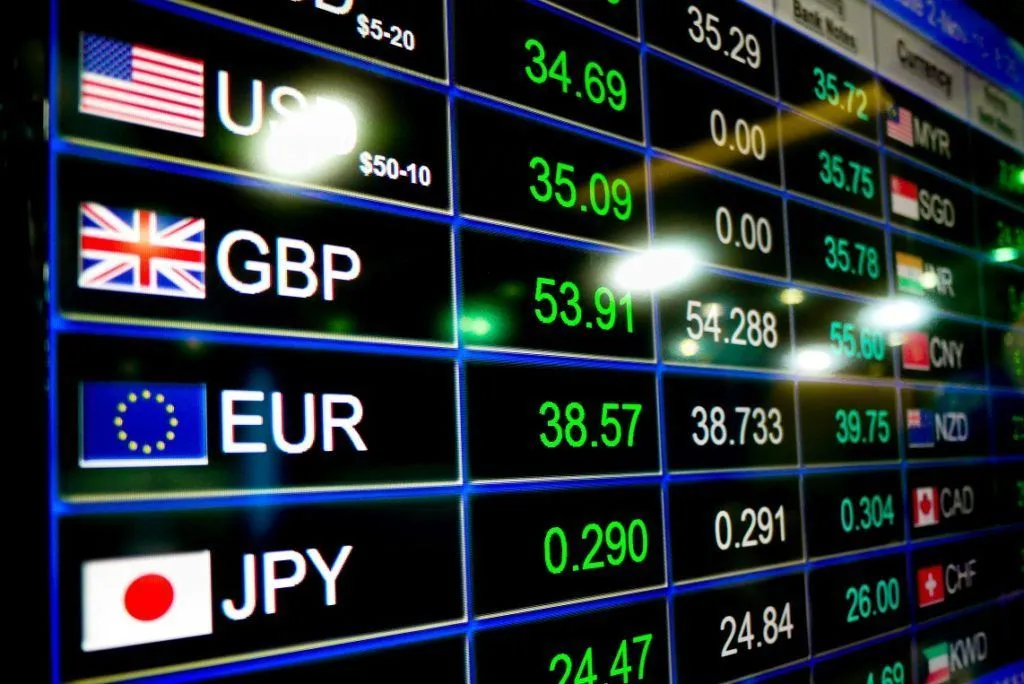Trading on the forex market can be a rewarding venture for those who understand its intricacies. As the largest and most liquid financial market globally, the forex market presents ample opportunities for traders to profit from currency fluctuations. This comprehensive guide will walk you through the essentials of how to trade on the forex market, covering everything from setting up your trading account to implementing effective strategies.
Understanding the Forex Market:
- What is Forex Trading?Forex, short for foreign exchange, involves the buying and selling of currencies. Traders aim to profit from the fluctuations in exchange rates between different currency pairs.
- Major and Minor Currency Pairs:Currency pairs are categorized as major, minor, or exotic. Major pairs involve the most widely traded currencies like the US Dollar, Euro, and Japanese Yen, while minor pairs include currencies from smaller economies.
- Market Participants:The forex market is comprised of various participants, including central banks, financial institutions, corporations, and individual retail traders. Understanding the roles of these participants is crucial for comprehending market dynamics.
Getting Started:
- Choosing a Reputable Forex Broker:Selecting the right broker is the first step. Look for a broker with a good reputation, competitive spreads, user-friendly trading platforms, and regulatory compliance.
- Opening a Trading Account:Once you’ve chosen a broker, open a trading account. Most brokers offer different types of accounts, including demo accounts for practice and live accounts for real trading.
- Understanding Leverage:Leverage allows traders to control a larger position size with a smaller amount of capital. While leverage can amplify profits, it also increases the risk of significant losses. Use leverage cautiously and be aware of its impact on your trades.
The Basics of Trading:
- Long and Short Positions:In forex trading, you can take either a long (buy) or short (sell) position. Going long means buying a currency with the expectation that its value will rise, while going short involves selling a currency in anticipation of a decline.
- Placing Orders:Familiarize yourself with different order types, including market orders, limit orders, and stop orders. These orders allow you to execute trades at specific price levels or automatically close positions to manage risk.
- Risk Management:Effective risk management is crucial for long-term success. Set stop-loss orders to limit potential losses, diversify your trades, and only risk a small percentage of your trading capital on each trade.
Developing a Trading Strategy:
- Technical Analysis:Technical analysis involves studying price charts, patterns, and indicators to make trading decisions. Learn how to use tools like moving averages, trendlines, and support/resistance levels to identify potential entry and exit points.
- Fundamental Analysis:Fundamental analysis focuses on economic indicators, news, and events that impact currency values. Stay informed about interest rates, GDP growth, employment data, and geopolitical developments.
- Combining Technical and Fundamental Analysis:Many successful traders use a combination of technical and fundamental analysis to make well-informed decisions. Understanding both aspects can provide a more comprehensive view of market conditions.
Staying Informed:
- Market News and Analysis:Stay updated on market news and analysis. Follow financial news websites, subscribe to market newsletters, and use economic calendars to be aware of upcoming events that could impact the market.
- Continuous Learning:The forex market is dynamic, and staying ahead requires continuous learning. Explore new strategies, attend webinars, read books, and engage with the trading community to enhance your knowledge.

